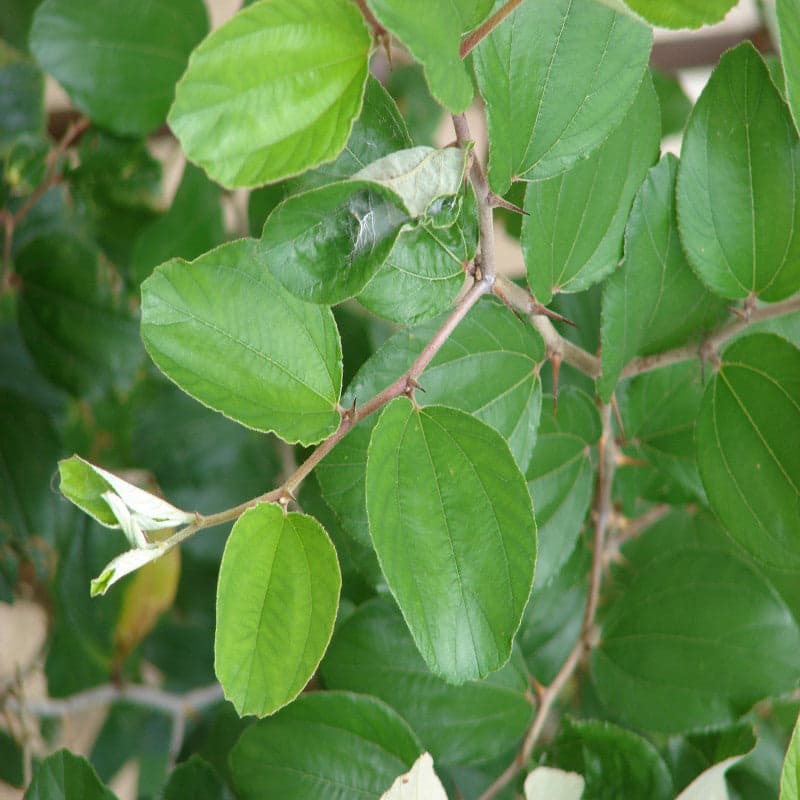Imagine wandering through a sun-dappled forest, the air fragrant with the scent of damp earth and the symphony of rustling leaves. Now, envision that same tranquil environment, but diminished by human activity—a stark contrast marked by the encroach of urbanization. Temperate deciduous forests, the enchanting ecosystems characterized by their vibrant seasonal changes, are facing unprecedented challenges due to human interactions. In this exploration, we delve into the multifaceted impacts that humanity has on these vital biomes.
The temperate deciduous forest, predominantly found in the eastern United States, parts of Canada, Europe, and Asia, thrives with an annual cycle of flora that serenely transforms with the seasons. These forests are not only stunningly beautiful but also serve as critical environmental refuges, providing sustenance and habitat for myriad species. However, they are becoming increasingly threatened by various human endeavors, ranging from deforestation to climate change. As stewards of the planet, understanding these impacts is imperative for fostering a more sustainable future.
Deforestation: The Silent Killer
The most blatant assault on temperate deciduous forests is deforestation. This practice, often driven by economic gain, involves clearing vast swathes of trees for agriculture, urban development, and logging. When the majestic canopy is removed, the effects ripple through the ecosystem. Trees are the lungs of the Earth, crucial for carbon absorption. Their removal accelerates climate change by releasing stored carbon into the atmosphere. This not only contributes to global warming but also heightens the frequency and severity of adverse weather events, disrupting the delicate balance of woodland habitats.
Moreover, the loss of trees leads to soil erosion—a phenomenon that strips the land of vital nutrients and destabilizes non-protected areas. Without the anchoring roots of trees, soil is swept away by rain or wind, leading to sedimentation in waterways and harming aquatic life. The intricate web of life that resides within these forests begins to unravel, threatening biodiversity and the very fabric of these ecosystems.
Urbanization: The Sprawl of Civilization
Urbanization represents another formidable foe to temperate deciduous forests. As cities expand, they encroach upon once-thriving woodlands. The fragmentation of habitats can isolate wildlife populations, making it challenging for species to mate, forage, and migrate. This isolation ultimately reduces genetic diversity, which is critical for resilience in changing environments. For example, the white-tailed deer, typically abundant in these forests, can proliferate unchecked when natural predators are removed through urban development. As they overpopulate, they overgraze young saplings, stunting forest regeneration.
Additionally, urban areas introduce artificial elements like roads and structures that disrupt animal movement patterns. Species such as the Eastern Box Turtle or Red Fox can become roadkill victims, further diminishing populations. Urban pollution, too, plays a deleterious role. Contaminants entering forest ecosystems can affect soil quality and water sources, with far-reaching implications for both flora and fauna.
Climate Change: A Global Crisis
Climate change stands as one of the most profound threats to temperate deciduous forests. Alterations in temperature and precipitation patterns disrupt the synchronization of seasonal events, known as phenology. For instance, trees may bloom earlier in the spring, while pollinators like bees may not be as active at that time. This disconnect puts entire ecosystems at risk, as the intricate relationships between species falter. Furthermore, increased temperatures can lead to drought conditions, stressing trees and making them more susceptible to pests and diseases.
One notable example is the infestation of the emerald ash borer, an invasive pest that has wreaked havoc on ash trees. Warmer winters and milder climates have facilitated these pests’ survival and proliferation. Consequently, entire populations of indigenous trees can perish, leading to shifts in species composition and ecosystem dynamics. The loss of leaves and shadows also affects understory plants and wildlife dependent on the canopy for shelter and sustenance.
Tourism and Recreation: Double-Edged Sword
Although tourism can generate revenue and raise awareness about environmental conservation, it may also negatively impact temperate deciduous forests. Increased foot traffic can lead to soil compaction, plant damage, and the introduction of invasive species when visitors unknowingly transport seeds on shoes or gear. Areas frequented by tourists often see a decline in plant diversity, as native species struggle to compete with the encroachment of non-native flora.
Moreover, the development of facilities and infrastructure to accommodate tourists can lead to further habitat degradation. Wildlife, accustomed to human presence, may become more vulnerable to poaching or human-wildlife conflicts. Finding a balance between promoting eco-tourism and preserving the integrity of these ecosystems is essential for future preservation efforts.
Restoration: A Ray of Hope
In light of these challenges, restoration initiatives offer a glimmer of hope. Reforestation, habitat restoration, and sustainable land management practices play a pivotal role in mitigating the impacts of human activities. Community involvement in local conservation efforts fosters a sense of stewardship, allowing younger generations to engage with their environment. By raising awareness and taking action, the youth can be the vanguard of change, embodying a more sustainable ethos for the future.
In conclusion, while temperate deciduous forests are grappling with multifarious human impacts, recognizing these challenges provides an opportunity for action. It is essential that we marry progress and ecology, ensuring that these enchanting woods not only survive but thrive for generations to come. Balancing human needs with environmental sustainability can lead to a harmonious existence where both people and nature flourish together.




















Responses (0 )